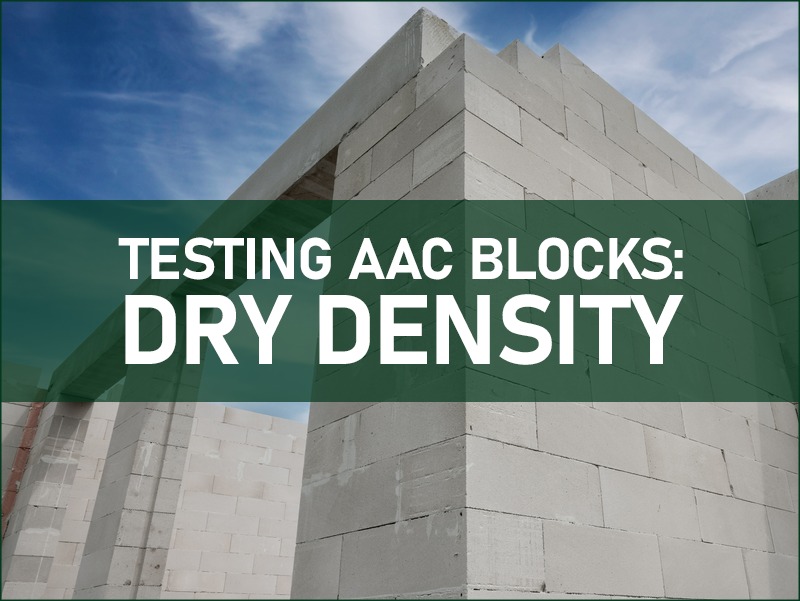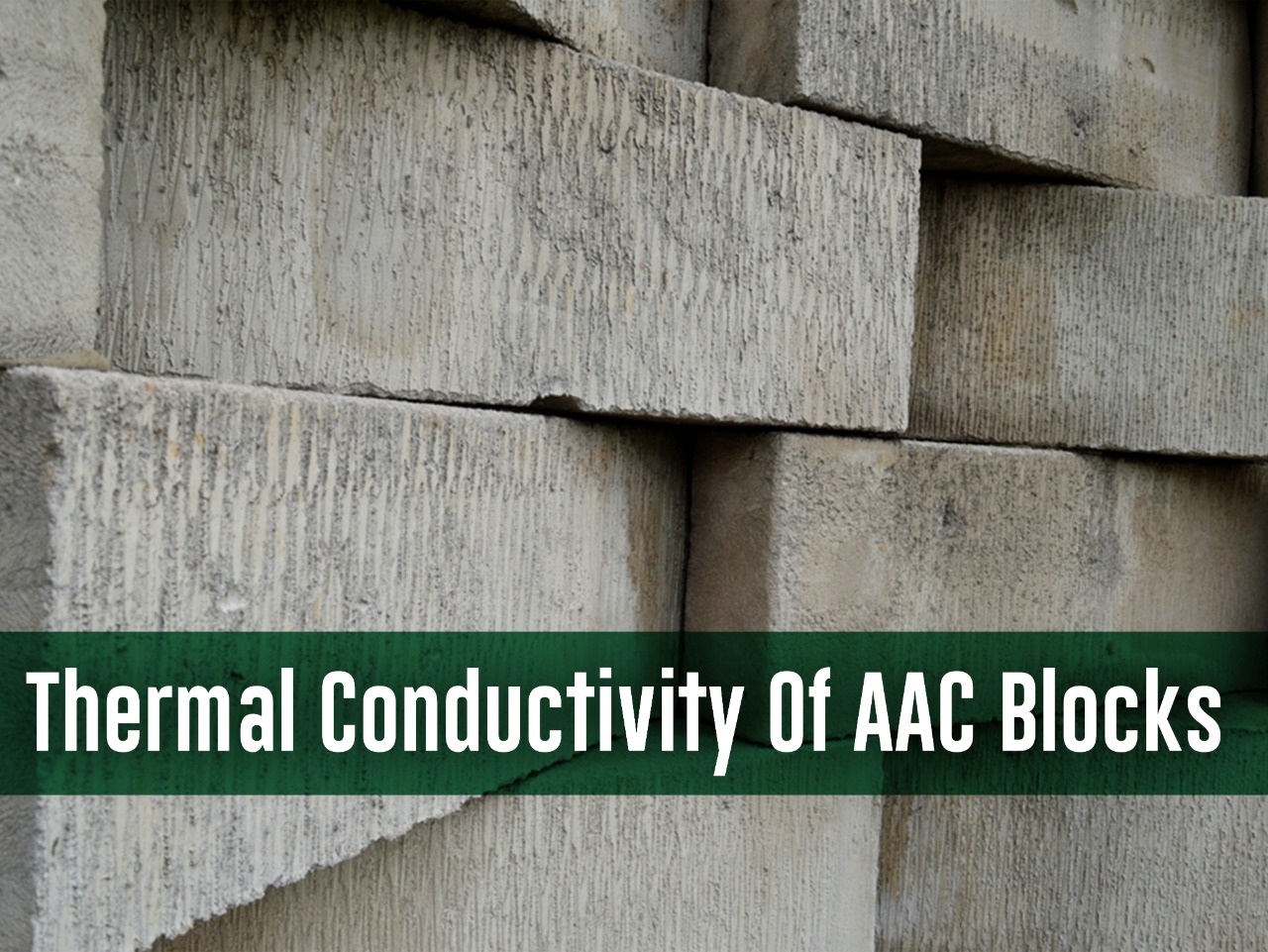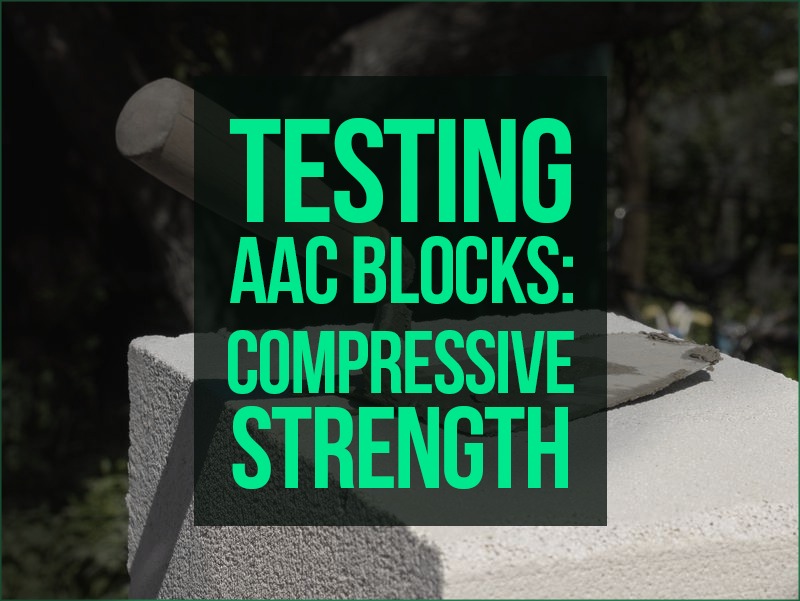
Testing AAC Blocks: Dry Density | Ecorex
Autoclaved Aerated Concrete Blocks (AAC Blocks) are also known as Aerated Lightweight Concrete blocks (ALC Blocks). These lightweight blocks are commonly used masonry blocks for the construction of a wall. AAC is a lightweight material that is made up of silica sand, gypsum, lime, and cement.
They are manufactured using advanced machinery and the latest technology to cure with the application of heat and pressure which is known as autoclaving. The aeration process attributes to the lightweight of the concrete blocks during production allowing it to achieve a density of 480kg/m3. AAC blocks are known to have a net dry density up to 3 times lighter than traditional clay concrete building materials.
How to Test Dry Density of AAC Blocks?
Most of the popularity that AAC blocks have gained over the years is due to their unique characteristic of being lightweight. This is checked with the help of a dry density test. For this purpose, it is extremely important to ensure that all the residual moisture left inside the blocks during the process of autoclaving has been removed.
This simple test has only one pre-requisite of being completely moisture-free during the test. Let us try to understand the test procedure for measuring the dry density of the AAC blocks.
The density of blocks is determined as the ratio between the weight of the specimen after drying at 105 degrees Celcius and the volume of the specimen.
Test Specimen:
Length, width and height shall be measured at 100mm x 200mm x 50mm or 150mm x 150mm x 150mm before drying at 105 degrees Celsius with an accuracy of 0.1mm using a suitable calliper.
The specimen shall be placed, after measuring, in a drying oven at 105 +/- 5 degree Celsius until all moisture has been removed and a constant weight is obtained. After removing the sample from the oven the specimen shall be weighed (error shall not exceed 0.1 % of the weight of the specimen )
Where,
W= dry weight
V = Volume in cube
Source - AAC Blocks For Superior Masonry Construction By Mukund Joshi
Recent blogs

Thermal Conductivity Of AAC Blocks | U value and R value | ECOREX
AAC blocks were invented for keeping the building thermally insulated and keeping the heat out from the building. Let's dig deep into Thermal Conductivity of AAC Blocks.

Top 5 AAC Block Manufacturers In India
Here is a list of the top 5 AAC block manufacturers in India. Because as a property owner, it is advised to have a working knowledge of different AAC block manufacturers.

Testing AAC Blocks: Compressive Strength | Ecorex
One of the most important characteristics of AAC blocks for the user is their compressive strength. Drying Shrinkage, Dry Density, as well as Compressive Strength, have different test procedures. Let's find out more together.

Testing AAC Blocks: Dry Density | Ecorex
Most of the popularity that AAC blocks have gained over the years is due to their unique characteristic of being lightweight. This is checked with the help of a dry density test.
